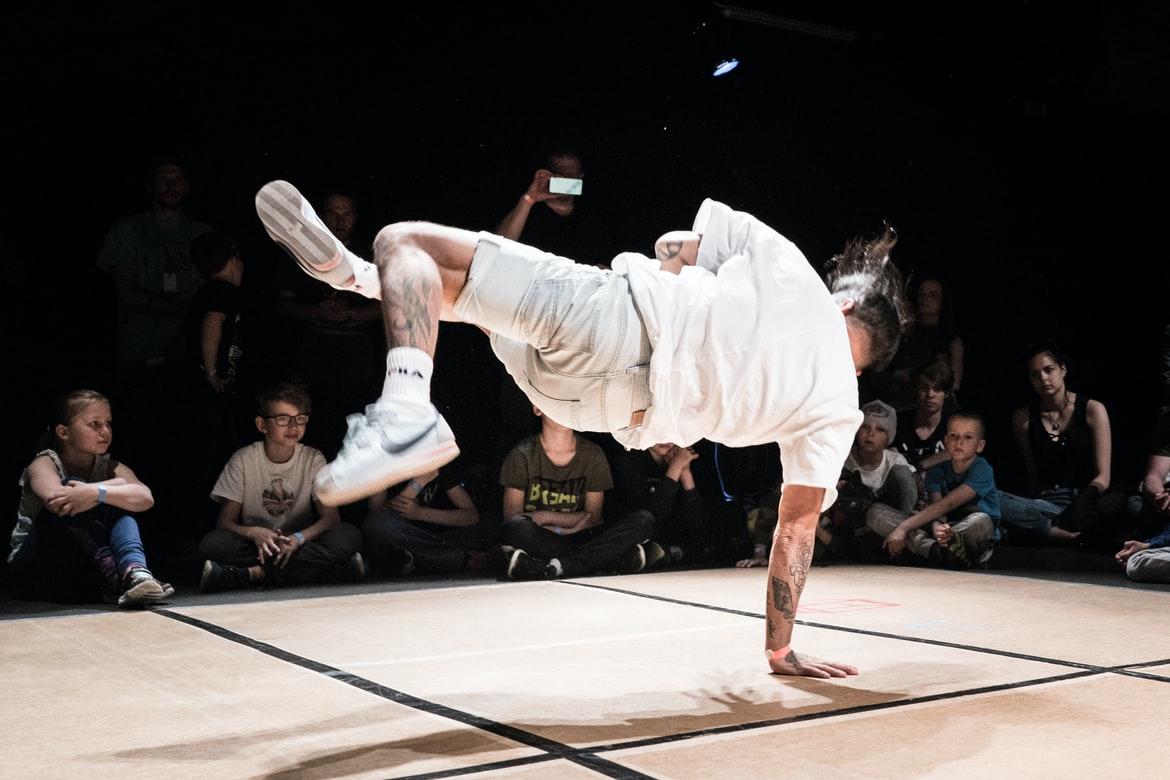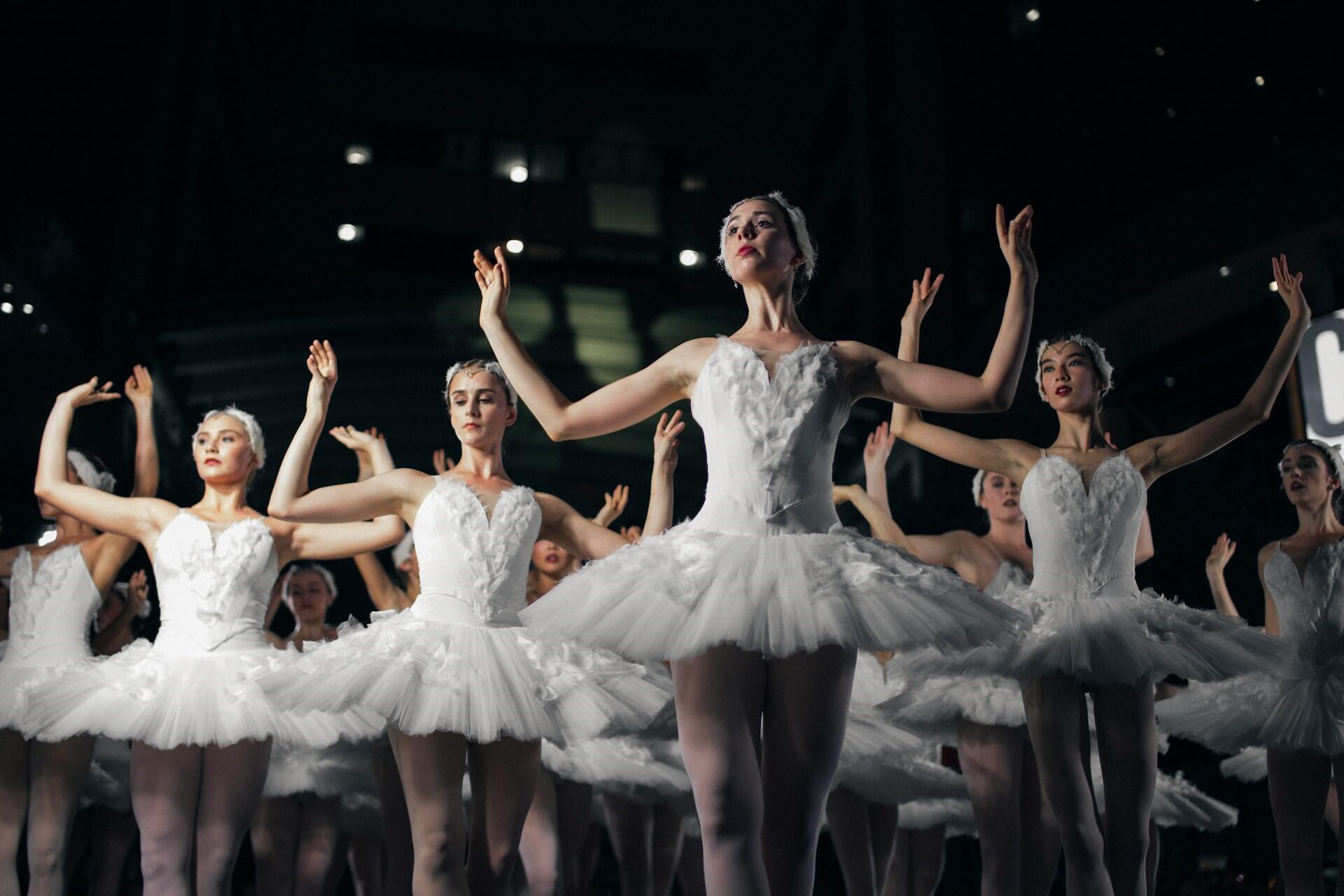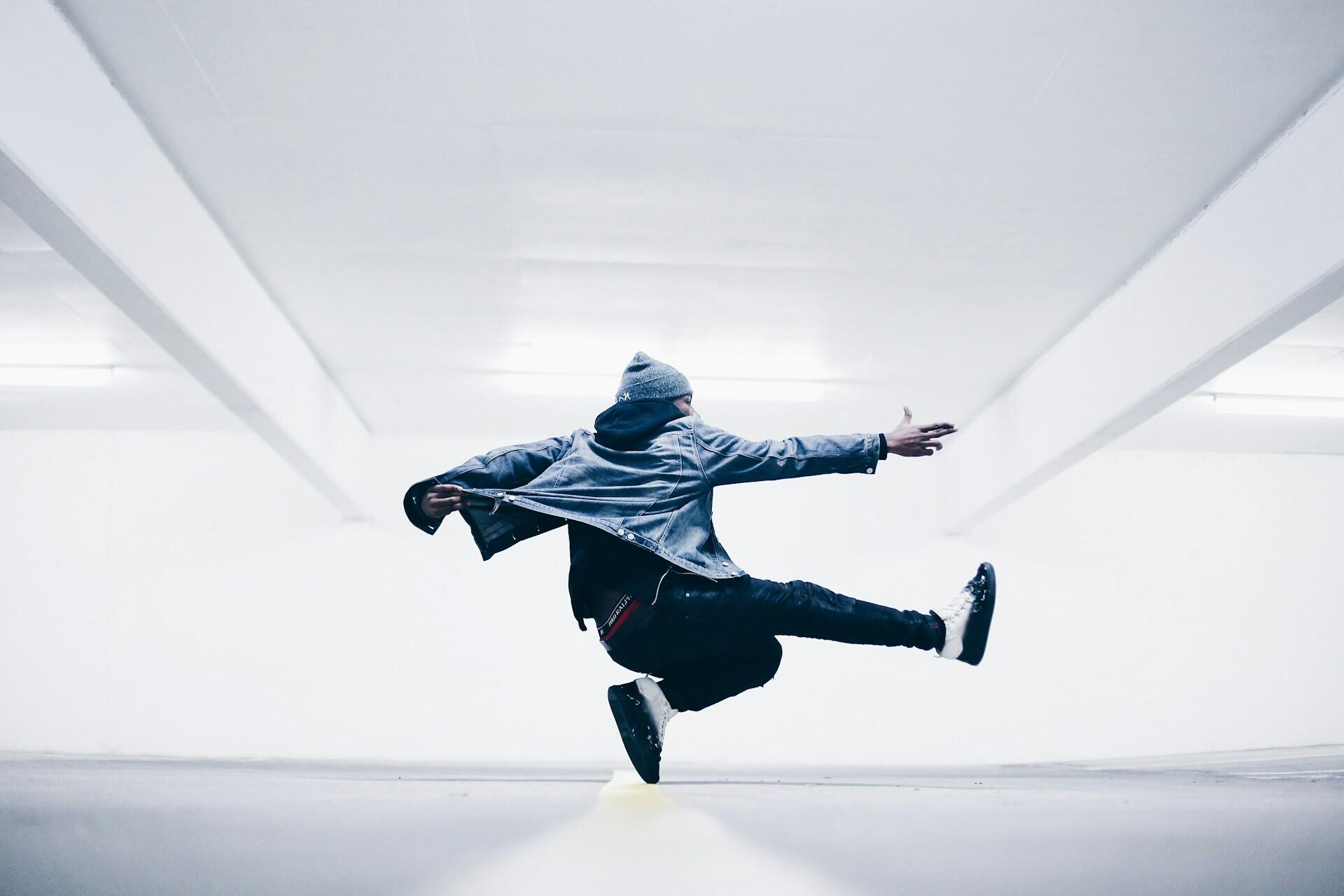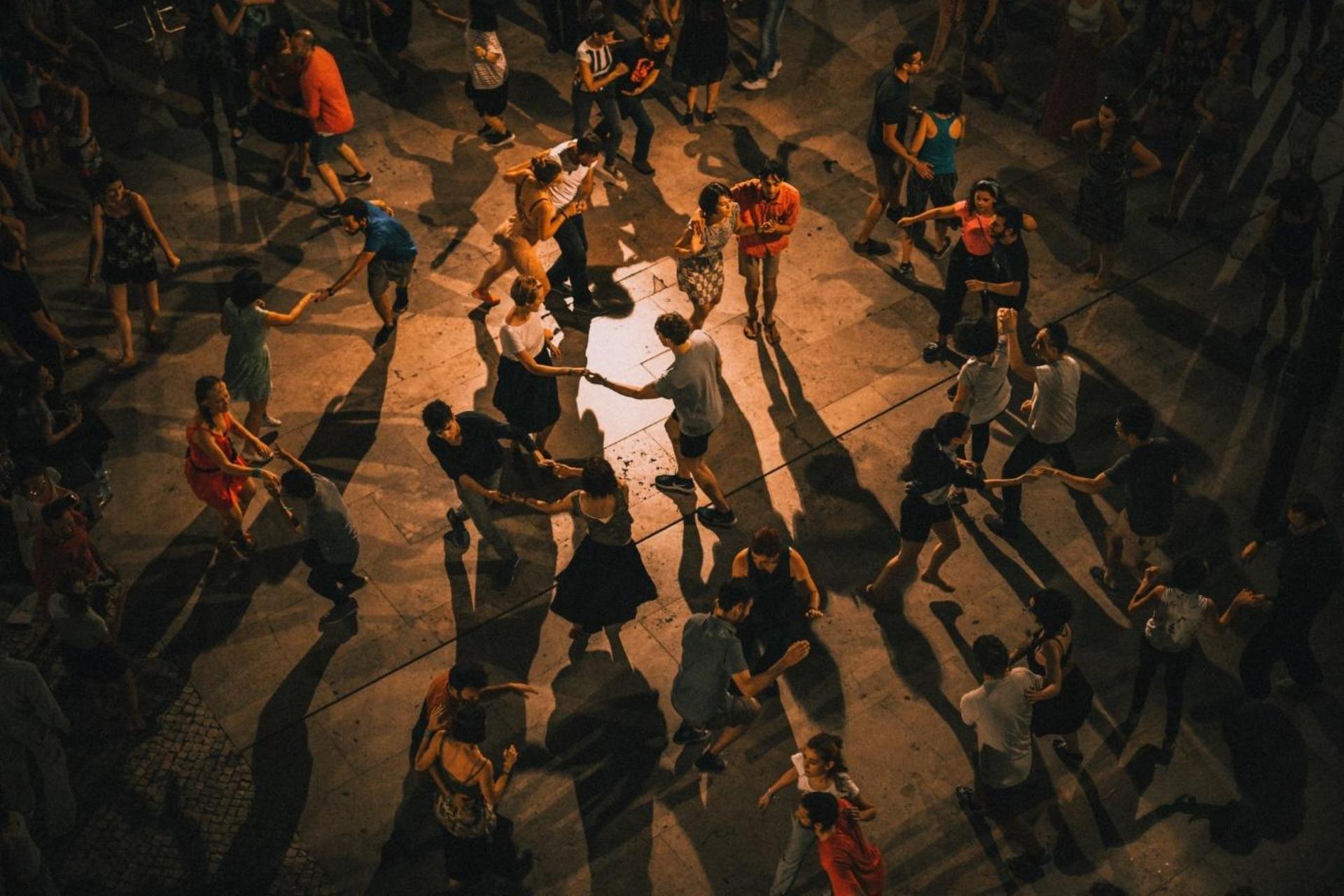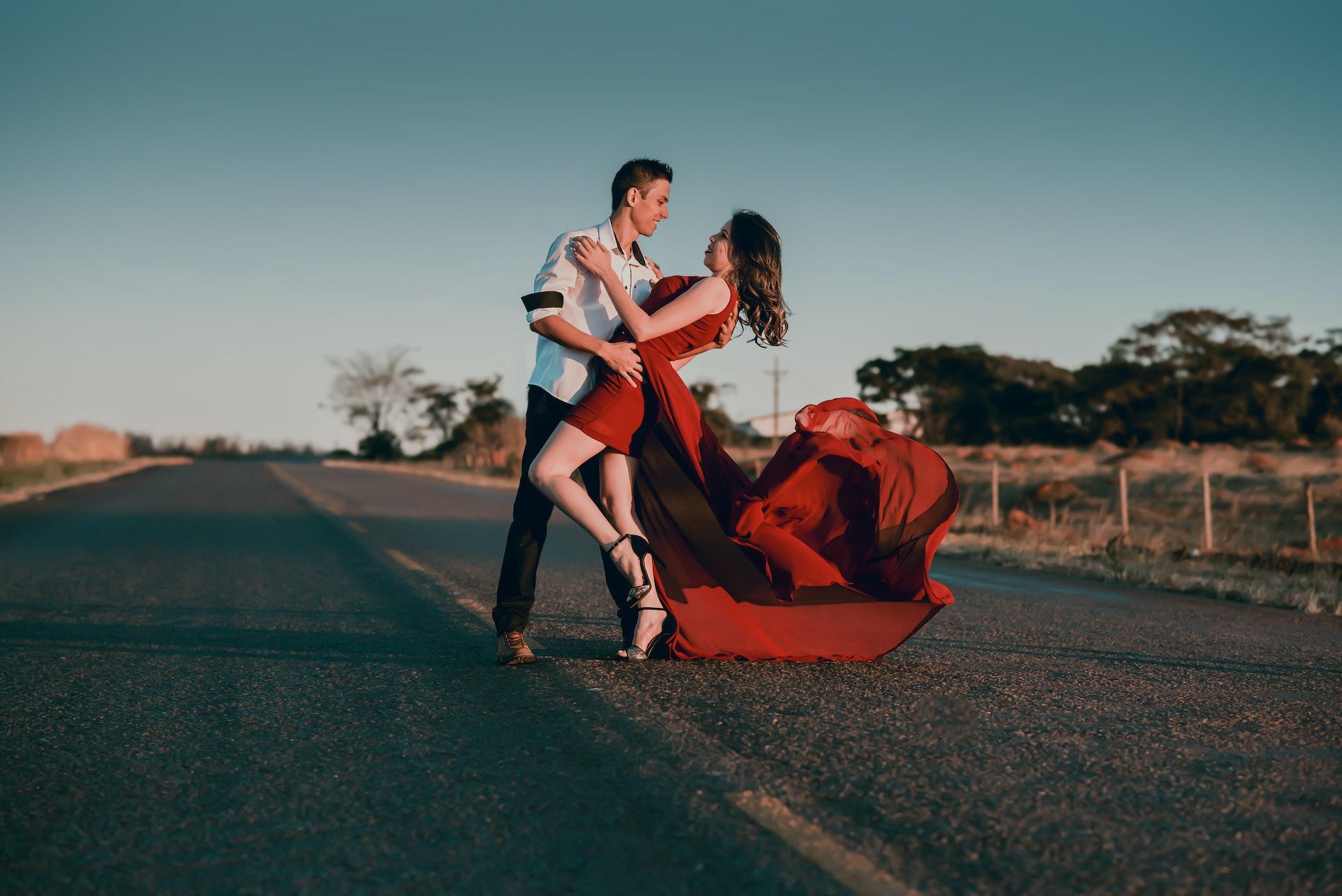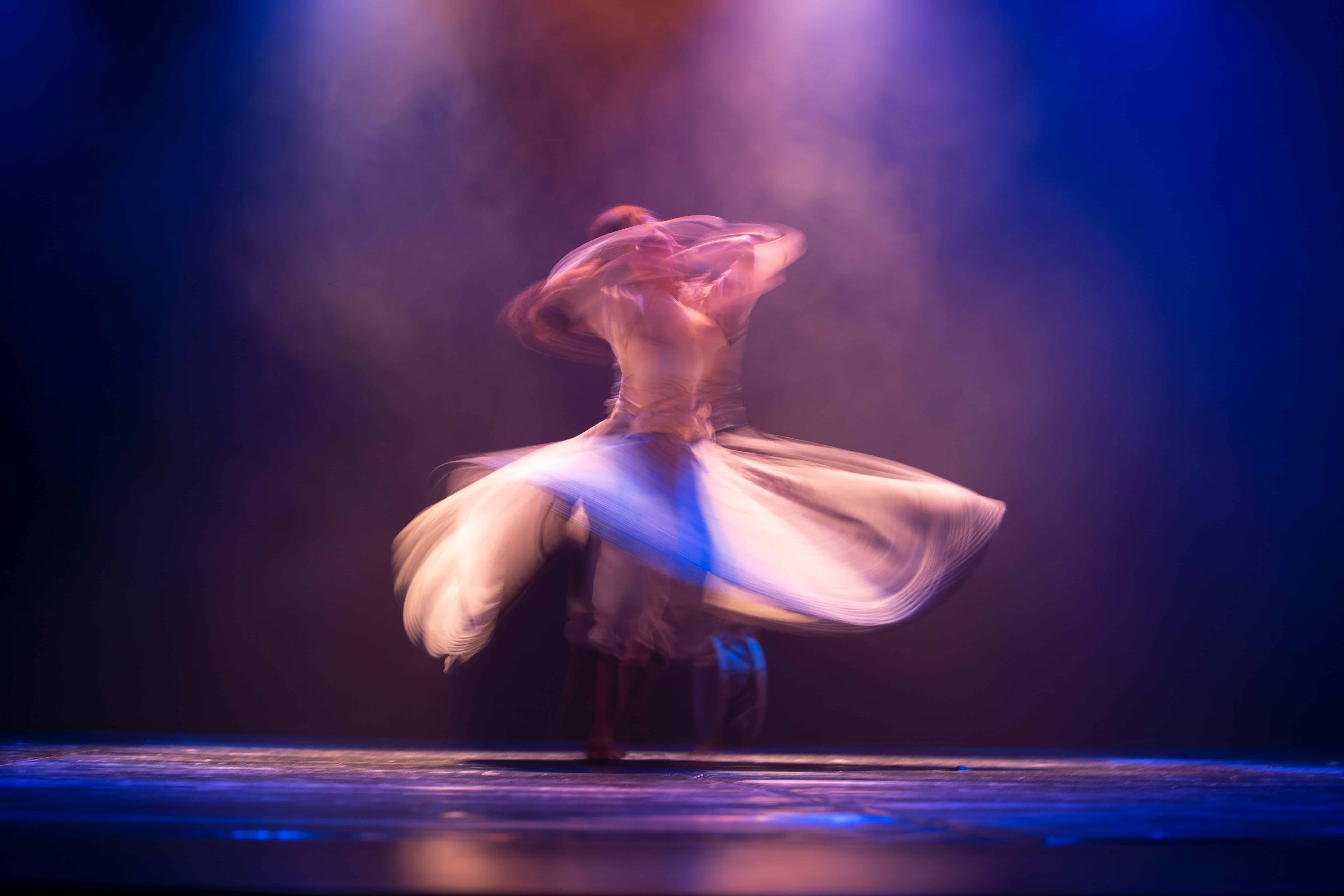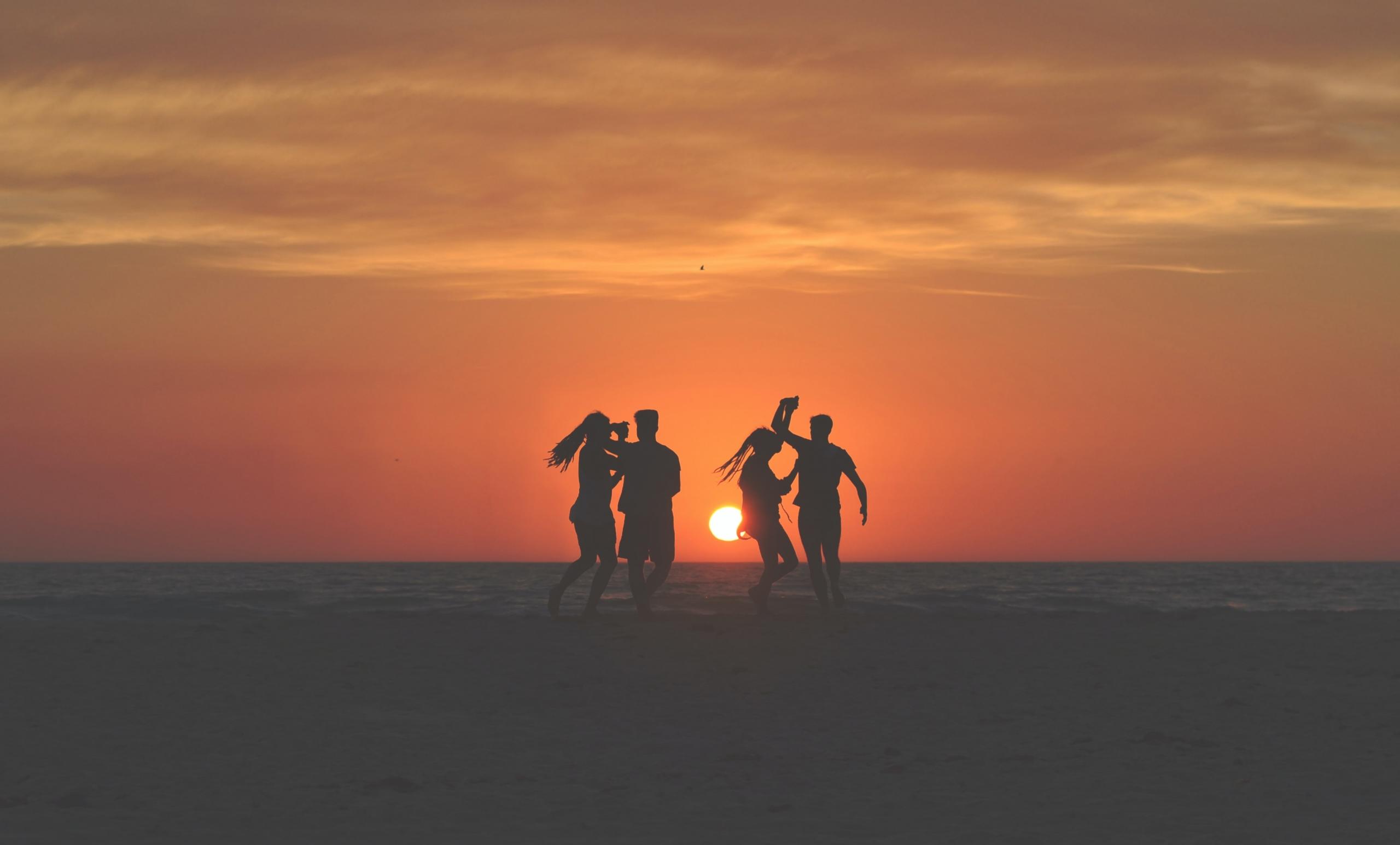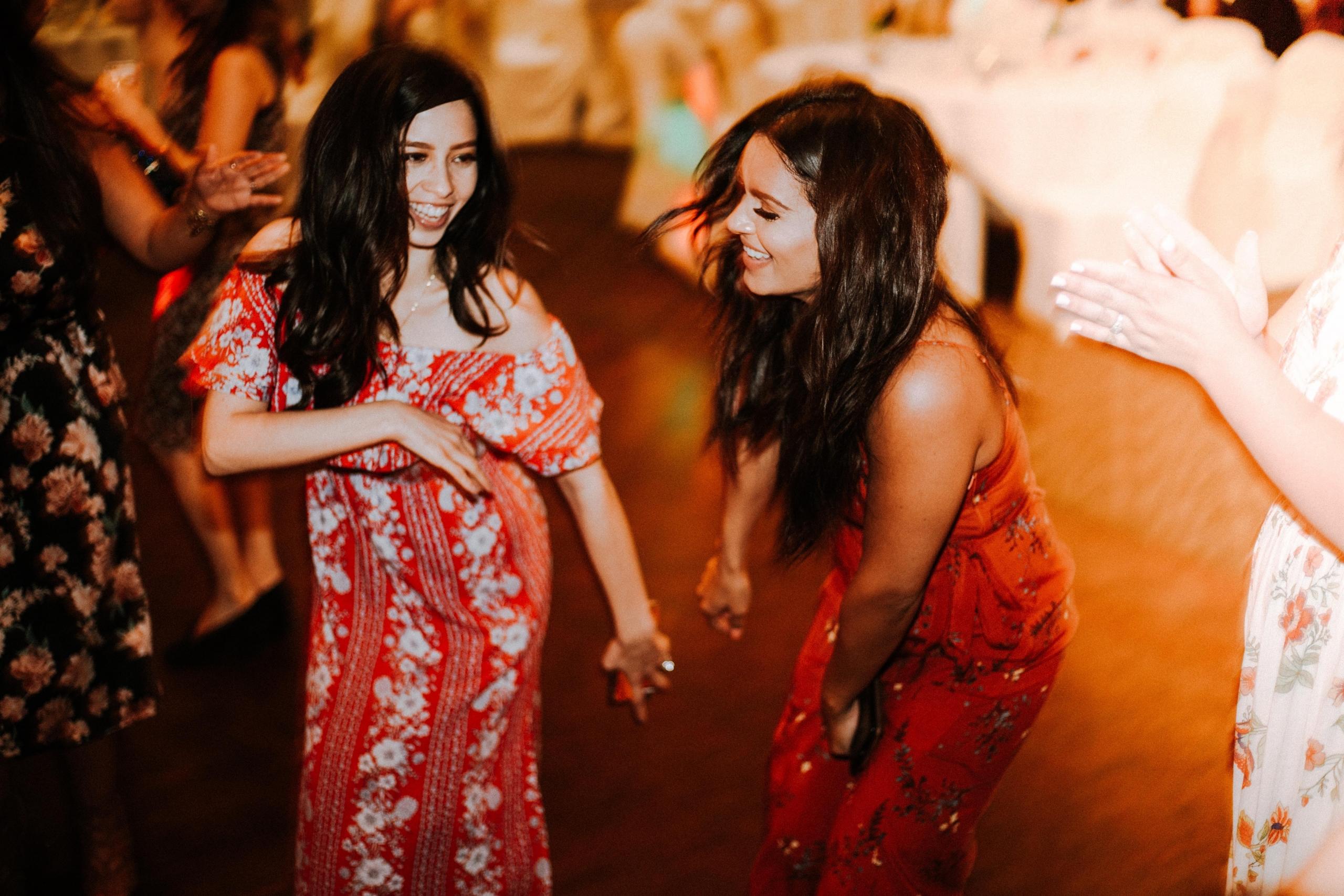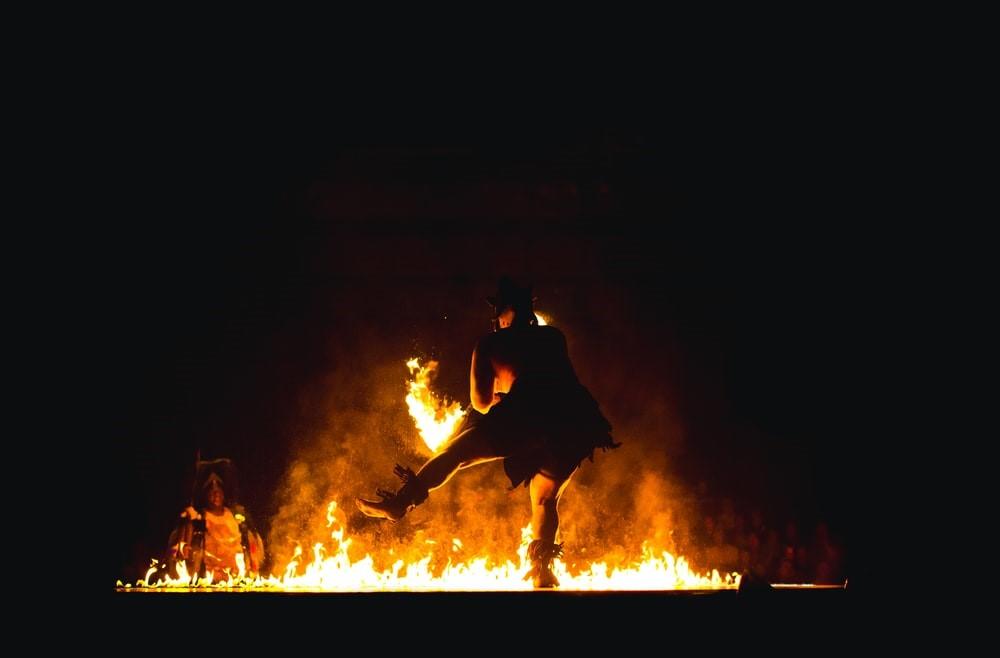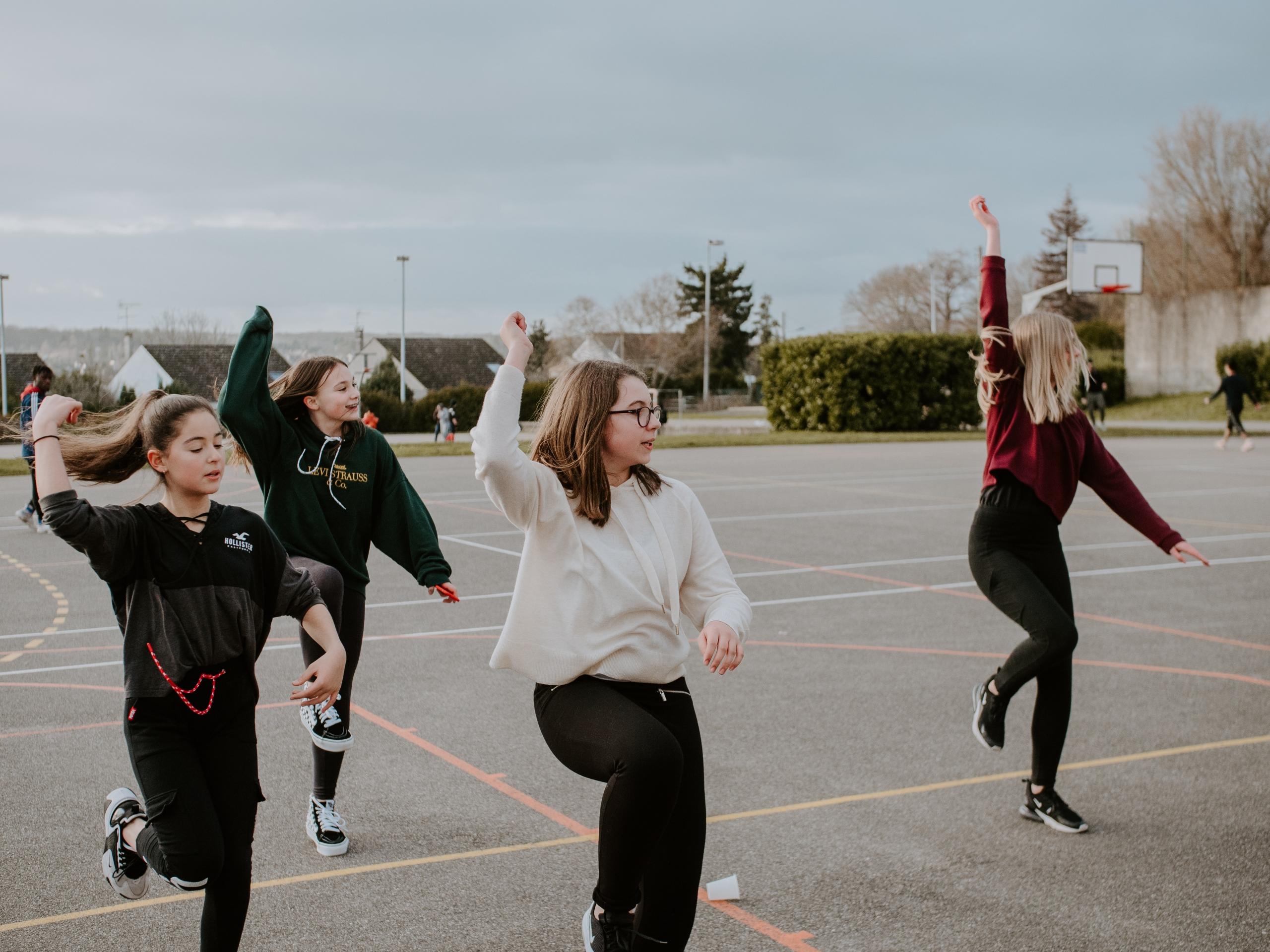What comes to your mind when you hear the word 'breakdance'? Do you envision hipsters breakdancing in a group under dim lights across walls full of graffiti art?
Or do you think they'll be performing human-defying dance moves which require a lot of flexibility?
Breakdance is a dance form that people have been performing worldwide for decades.
While our older generation may not feel fascinated by breakdance, the younger generation still thinks it is pretty impressive. So let's take a look at how it came into being.

The History Of Breakdance
When did breakdancing start? Let's start this part off with a strange, hilarious, and entirely accurate truth about break dancing.
Experienced breakdancers were invited to perform next to Pope John Paul II in the Colosseum in 2004.
Given that popes are often orthodox and only allow classical performers to the Church, this demonstrates the immense popularity of breakdancing and how all kinds of people appreciate it.
Regardless, where did breakdancing originate? While many breakdancers appreciate this form of dance, most of them are unaware of the history of breakdancing.
Breakdancing emerged from martial arts maneuvers devised by street gangs in New York City to protect themselves.
Although that's how it originated, over the next few years, it evolved into a form that required high levels of athleticism and flexibility.
Why is it called breakdancing? Many individuals feel perplexed by the words used to identify such a demanding dance.
Nonetheless, it has been claimed that the term "break" refers explicitly to the noises and rhythms produced by DJs combining the melodies to create unending dance beats.
DJ Kool Herc produced an inspirational rhythm dubbed "cutting breaks" by combining percussion pauses from two different tunes.
it is generally known that DJ Kool Herc would constantly play the "breaks" and change from one track to the next while chanting "B-boys go down!"
When Herc urged the boys to go downward, he meant for them to perform the gymnastics techniques on the floor, which were physically demanding and dangerous; thus, breakdancing was born.
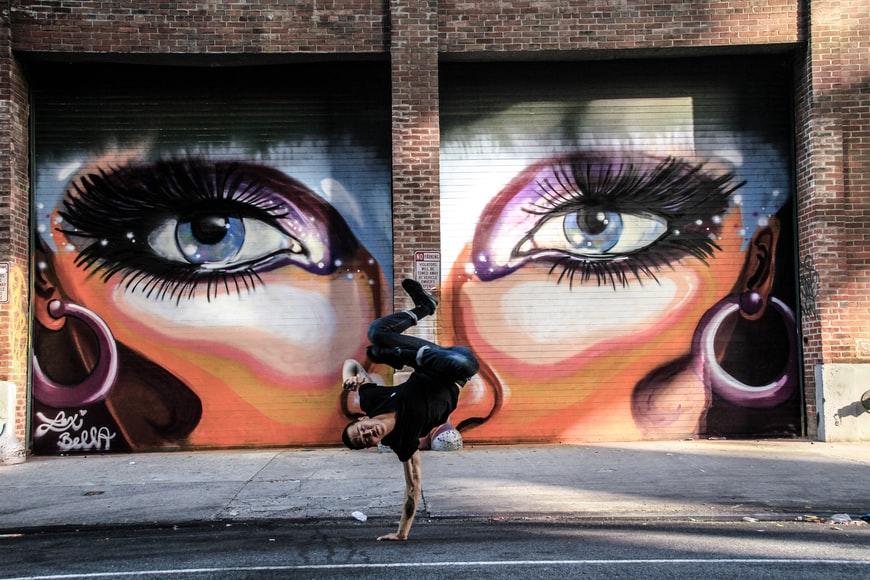
During the late 1970s, breakdancing began to evolve, containing special moves with "pops" and "locks" unique from the roots of breakdancing in the 1960s after several years of practice and success.
Michael Jackson was among the most well-known people on the globe during the 1980s. When he executed some breakdance moves, such as the moonwalk, breakdancing became immensely popular.
As a result of the success, several record producers required R&B, pop, and rap musicians to include breakdancers in their song videos.
Britney Spears was one of the first singers who embraced breakdancing, making it a global sensation from a street dance style.
Check out these popular adult dance classes on Superprof.
What Are Core Breakdancing Components?
A breakdance set consists of five essential components:
Top Rock
Steps that are executed while standing are known as top rock.
Several breakdancers start with full rock routines before moving on to other aspects and then intercut movements throughout the performance to create a visible break between footwork, floor walk, and standing.
Conversely, downrock constitutes steps taken on the floor. The breakdancer generally supports themselves using their feet and hands.
The six-step is a fundamental downrock motion in which breakdancers use their arms to stabilize themselves while using their feet in a single set that drives them circularly.
Drops
Drops are transitions between a downrock and a toprock.
Breakdancers may use their drops to be as essential or as imaginative as they want—b-boys and b-girls can drop their bodies to the floor or integrate distinctive visual components or motions.
Power Movements
These acrobatic movements are based on momentum and athleticism and are influenced by gymnastics and martial arts. A similar dance form is hip-hop, if you're looking to learn new moves you should consider taking beginner hip hop dance classes.
Swipe, windmill, swipe, backspin, flare, and headspin are the traditional power moves one performs in a go.
Freezes
These are balancing and strength-required stances that the breakdancer holds for several beats.
Freezes are frequently used to indicate the conclusion of a set or amid heavy rhythms during breakdancing music.

What Are The Advantages Of Breakdancing
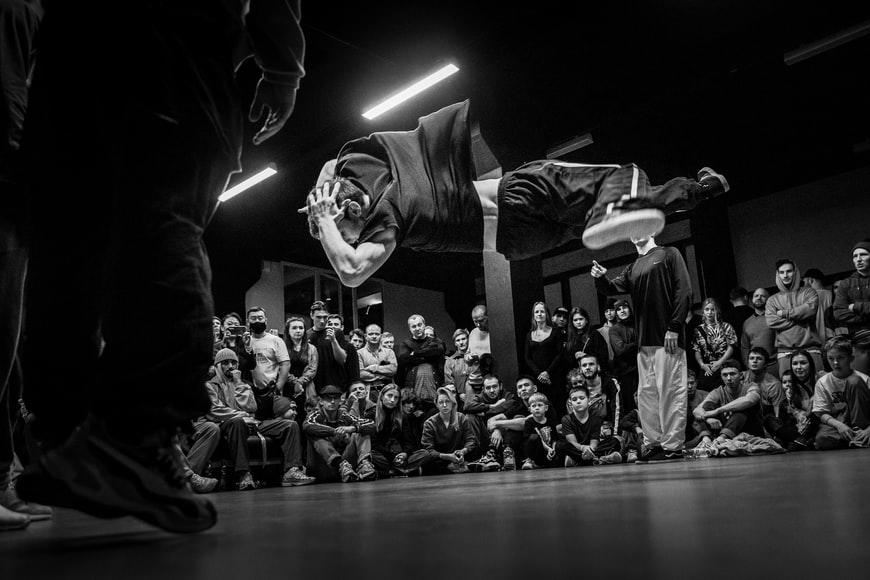
There are several benefits of breakdancing, such as:
Burns Excess Fat
The intense muscle movement produces anabolic peptide, a hormone responsible for human growth. As a result, your metabolism improves, which aids in burning body fat.
This anaerobic training consumes energy even when sleeping, unlike aerobic activity like jogging. So if you're dieting, you'll see better results.
Mood Maintenance
Aside from growth hormones, your body produces various substances such as endorphins, serotonin, and dopamine. These are the ones that evoke feelings of happiness and joy in a person.
Attractive Appearance
Muscle, of course, has a significant impact on the overall appearance of your body. For example, the pectoralis major in men, the chest muscles, help create the 'puffy chested' aesthetic that some men prefer.
The action itself also increases your attractiveness by releasing testosterone. For example, upper arms for women would be contoured. It also aids in maintaining a straight posture.
Moreover, exercising muscles is linked to long-term health because it regulates metabolism and balances hormones.
Critical Elements Of Breakdancing For Athletes
There is no one-size-fits-all approach to breakdancing because the emphasis is on developing your style. As a result, it's critical to recognize and capitalize on your skills.
It is critical to have a solid core. It protects the remainder of your body, particularly your spine.
In addition, it's crucial to keep your heart active and prevent yourself from harm while performing a lot of wild movements.
Your strength is unique to you. Therefore, if you are leading a dance training program, you must get to know each participant and determine their specific talents.
For example, you may have strong legs which help support you during breakdancing.
Other breakdancers may have much strength in their upper body, so they'll lay weight on their hands in their technique. Therefore, lifting requires more work if you are taller and heavier than other breakdancers.
Breakdancing, like HIIT, is a high-intensity aerobic workout. Each round (or set) lasts between 30 and 60 seconds.
Combat will last three to five sets, so you may wind up performing 20 sessions throughout the competition. If you go all out within every group, that's a reasonably strenuous dancing exercise.
You must learn to manage your breathing which comes in handy when performing against someone. It's similar to how individuals utilize breath control when swimming in frigid water.
Find adult dance classes near me here on Superprof.
Tips For Breakdancing
There's no denying it: breakdancing isn't for the faint of heart. It needs a considerable amount of control and strength.
With some strength training and plenty of practice, you may be the next best B-boy or B-girl on the road.
The most straightforward approach to getting started is figuring out what moves you'll need to practice. Continue reading to learn some of the most effective motions and advice for getting started.
Here are some examples of moves to help you discern what breakdancing is all about.
3 Step
'B-boying' is an approach you will hear time and time again during your breakdance learning journey.
This maneuver is an absolute must-know for any aspiring B-boy. This move consists of three steps performed in a circle configuration (surprise, surprise, surprise). To get started, follow these steps:
Face up on the floor, with your arms next to you and legs bent, in a crab crawl stance. Raise your right leg next to you while keeping your other foot on the floor to provide support.
Raise yourself into a crunched pushup posture with your knees bent, arms on the floor below your head, and feet on the ground while bringing the extended leg back inside.
Switch to the left side while still facing the same direction, stretching your left leg and resting your left hands on the floor at your front.
Revert to the crunched pushup posture and turn 90 degrees, then repeat the steps in a circular, rotating between stretching both legs.
Corkscrew
You can't just get up off the floor while breakdancing. You must stylishly execute things. The corkscrew comes into play here. Here's how it goes:
- With one hand, hold yourself up.
- Place one foot in front of the other and cross it.
- With your hands and feet, push off
- Raise to a standing position by twisting.
Downrock
A Downrock, as opposed to toprock, is a type of breakdancing done with one's hands and feet on the floor. Here, the dancer demonstrates their ability to manage their foot speed by doing footwork sequences.
In addition, downrock combos can sometimes lead to aerobics movements, often known as power movements.
The six-step (inspired by the three-step) is the essential down rock maneuver.
You may go anticlockwise with the six-step, and it takes three movements to get to the rear and three actions to get to the front, for a maximum of six steps:
- Begin by bending over in a crouched stance.
- To stabilize, wrap your right foot across your left leg and rest your right hands on the floor. Next, shift your weight to the heel of your right foot, relieve your left leg, and stretch your left leg behind you, almost as if you were running.
- Make a frog-like stance by laying your left arm on the floor and spreading your left leg.
- Cross your left leg diagonally, a little past your left arm, with your weight on your left arm and right leg.
- Drop your left leg and place your weight on your right heel as you move your right leg into the crease of your left knee.
- Return to the neutral starting position by stepping out with your left leg.
Freeze
A freeze is defined as freezing for a few seconds during any sequence of moves.
The baby freeze is a famous maneuver in which you utilize your upper body power and balance to lift yourself off the ground. When you're ready, you'll need to:
- Place yourself on your hands and knees.
- Bend your right arm 90 degrees and place your elbow on your hip.
- Place your left hand in front of you on the ground.
- Lean forward and lift your legs off the ground, putting your whole weight on your hands and shoulders. For a few seconds, stay in this position.
Learn Breakdancing With Superprof

Have you always wanted to learn how to breakdance but have never been able to? No matter what level you are on, Superprof has several dancers who can help improve your breakdancing skills.
A private tutor at Superprof can help arrange personalized lessons that match your experience and needs. It is crucial to find the right tutor who can adapt to your learning capabilities.
Personalized tutors can either be technical in their approach or incorporate fun learning ways in your lessons.
You can invoke your creativity by learning new steps and different ways to move your body freely.
You can choose through millions of dance tutors at Superprof that offer free lessons for your first session.
This will give you an excellent opportunity to decide whether you want to continue with the specific tutor or not.

